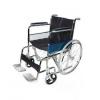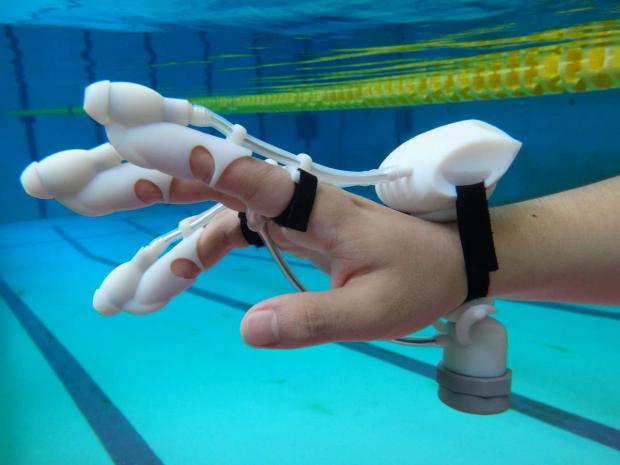
Breaking News
 Tucker Carlson: Jeffrey Epstein Worked on Behalf of Israel | Syriana Analysis
Tucker Carlson: Jeffrey Epstein Worked on Behalf of Israel | Syriana Analysis
SEMI-NEWS/SEMI-SATIRE: July 13, 2025 Edition
 Interview 1962 - Epstein Justice: What's Next? with Nick Bryant
Interview 1962 - Epstein Justice: What's Next? with Nick Bryant
Top Tech News
Magic mushrooms may hold the secret to longevity: Psilocybin extends lifespan by 57%...
 Unitree G1 vs Boston Dynamics Atlas vs Optimus Gen 2 Robot– Who Wins?
Unitree G1 vs Boston Dynamics Atlas vs Optimus Gen 2 Robot– Who Wins?
 LFP Battery Fire Safety: What You NEED to Know
LFP Battery Fire Safety: What You NEED to Know
 Final Summer Solar Panel Test: Bifacial Optimization. Save Money w/ These Results!
Final Summer Solar Panel Test: Bifacial Optimization. Save Money w/ These Results!
 MEDICAL MIRACLE IN JAPAN: Paralyzed Man Stands Again After Revolutionary Stem Cell Treatment!
MEDICAL MIRACLE IN JAPAN: Paralyzed Man Stands Again After Revolutionary Stem Cell Treatment!
 Insulator Becomes Conducting Semiconductor And Could Make Superelastic Silicone Solar Panels
Insulator Becomes Conducting Semiconductor And Could Make Superelastic Silicone Solar Panels
 Slate Truck's Under $20,000 Price Tag Just Became A Political Casualty
Slate Truck's Under $20,000 Price Tag Just Became A Political Casualty
 Wisdom Teeth Contain Unique Stem Cell That Can Form Cartilage, Neurons, and Heart Tissue
Wisdom Teeth Contain Unique Stem Cell That Can Form Cartilage, Neurons, and Heart Tissue
 Hay fever breakthrough: 'Molecular shield' blocks allergy trigger at the site
Hay fever breakthrough: 'Molecular shield' blocks allergy trigger at the site
A GLOVE THAT LETS YOU FEEL WHAT'S FAR BELOW THE WATER

A haptic sonar glove developed by Ph.D. candidates Aisen Carolina Chacin and Takeshi Ozu of the Empowerment Informatics program at Tsukuba University in Japan allows wearers to "feel" objects that are just out of reach in underwater settings. In situations where there's limited visibility, like flooded streets in an emergency, gloves like these could prove especially useful.
Inspired by the dolphin, IrukaTact (iruka means 'dolphin' in Japanese) uses echolocation to detect objects below the water, and provides haptic feedback to the wearer with pulsing jets of water. As the wearer's hand floats closer to a sunken object, the stronger the jets become, and the wearer feels more pressure on her fingertips. Since the apparatus has minimal bulk, the wearer can grasp objects easily after they've been found.
"Our overall goal was to expand haptics," says Chacin. "How can you feel different textures or sense depth without actually touching the object? Vibration alone doesn't cut it for me, or most people, for that matter."

 Flux Rules
Flux Rules AI Getting Better at Medical Diagnosis
AI Getting Better at Medical Diagnosis

